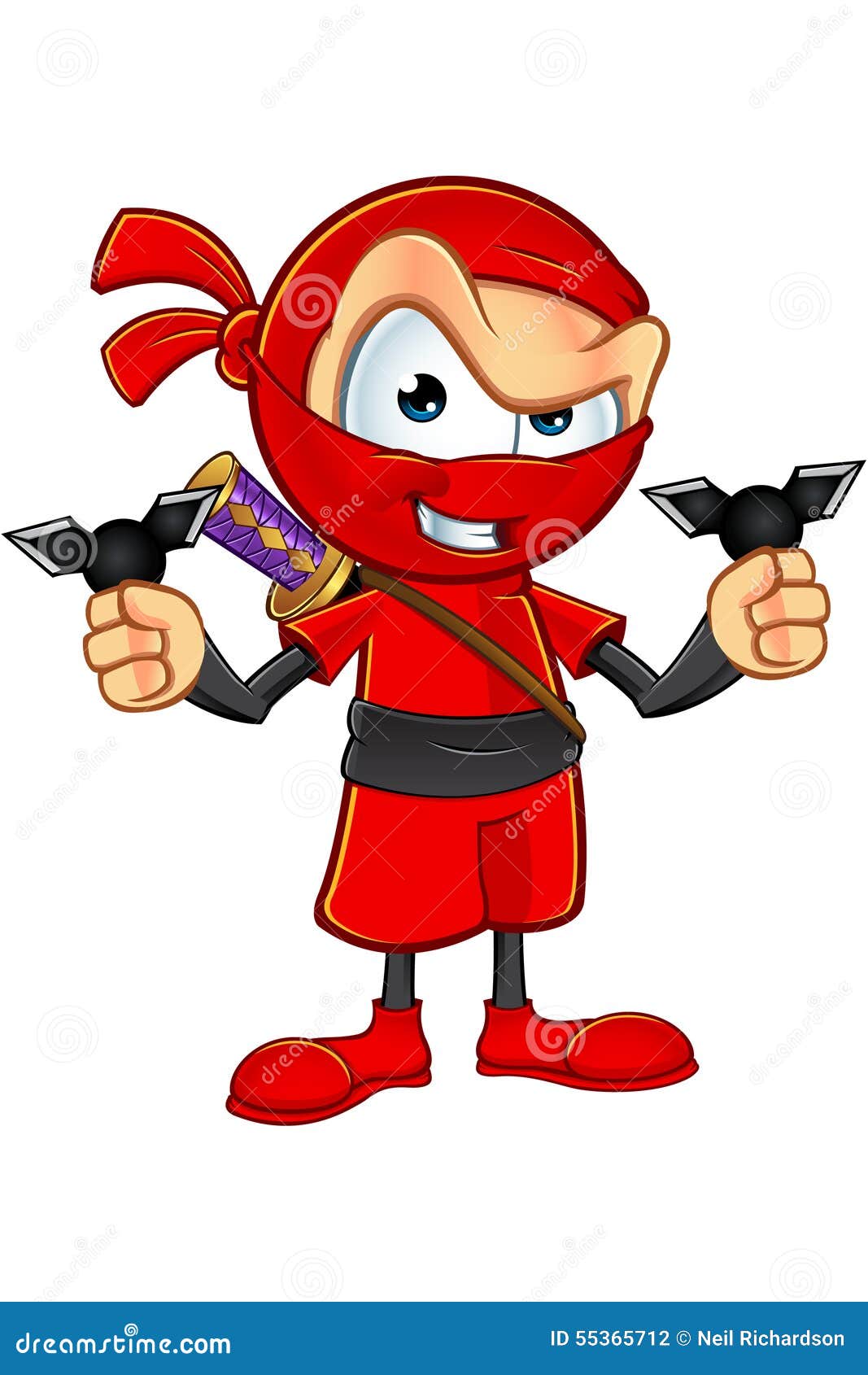
So we kind of chose that on purpose as well.” Choosing a modern-day setting “It’s just like: ninja. It’s like, that’s sort of an interesting parallel. And that’s kind of like how PMCs operate now: They do all of the horrible shit that the Army doesn’t want to be held accountable for. They did all the dirty, dishonorable stuff that the samurai were above doing. “It’s kind of interesting - you look at the way those operate now and it’s almost analogous to how ninjas operated like during the 15th or 16th century. The difficulty comes out of that don’t block your progress through the game at all.” Designing the enemyĪbove: The PMC formerly known as Blackwater But it’s not like an enforced thing it’s more like a player choice thing. “In, you can actually get through the entire game without killing anybody as well.


“I really liked the way that Thief approached all their difficulty settings, where when you pick the harder difficulties, there’s just more stuff that you need to do. To the point where, we don’t have this, but in Thief like on the higher difficulty settings, you just couldn’t kill anybody. “There aren’t easy, medium, hard difficulty settings, because when you can kind of one-shot everybody in the game, it’s not like there are values you can easily tune to be like, ‘This guy is gonna get more hit points when you stab him,'” Anderson said. Every single thing that happens is cute and hilarious, and I really wanted to survive through the next cutscene.Join gaming leaders live this October 25-26 in San Francisco to examine the next big opportunities within the gaming industry.

Other than that minor issue, and the fact that I died a bunch, I really wanted to keep playing Ninjatown. You have to select the location, select the ninjas, and then click the check. You can't just select a Consultant Ninja and build a Consultant Ninja house. The menu is a bit cumbersome in that you have to click a 'check' button after doing anything. I used a Ninja Baby on some monsters, which slows them down (they are caught up in the cuteness), thus letting my ninjas kill them before they damaged my base. The same menu used for flags (and for building) also houses items. You can direct them to certain locations by setting flags via a touchscreen menu. As soon as the demons appear, your ninjas set to work. For me, this meant frontloading the spawn points with ninjas. Demon's forces, who walk into town through one or more entry points, before they reach a certain goal area. All of these use cookies, the official currency of Ninjatown, which are replenished by defeating enemies. The ninja fortifications can also be leveled up for more stamina and attack power. You can also build training centers and other enrichment buildings nearby. Wee Ninjas beat up on enemies, Sniper Ninjas shoot peas, and Snow Ninjas freeze enemies with snowballs. You pick a square parcel of land and place the ninja group of your choice there the building gets built, then ninjas of whatever kind come out and start working. Playing Ninjatown is like a sort of strategy Actraiser. The game begins with an adorable cutscene in which the mayor, on his way to a good cower, entrusts Ol' Master Ninja to defeat the incoming minions of Mr. But, unlike most strategy things, the world is so super-cute and appealing that it motivated me to try to play it.

I don't know a thing about Tower Defense, so Ninjatown was scary and alien to me.


 0 kommentar(er)
0 kommentar(er)
